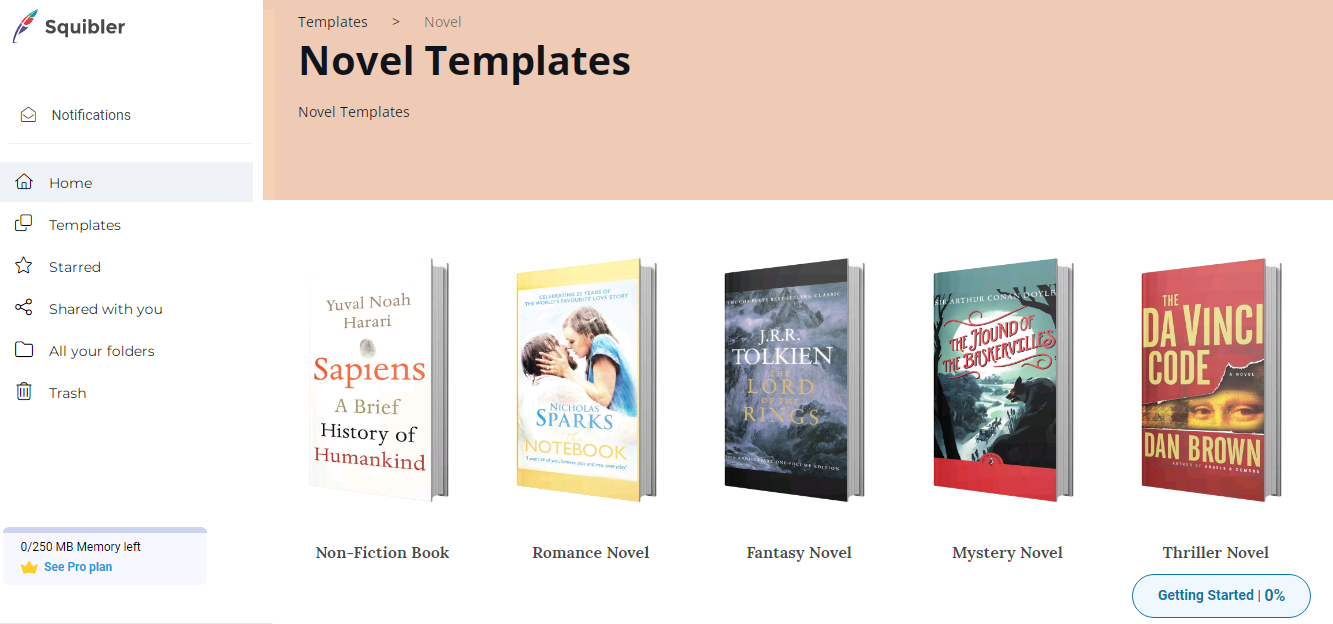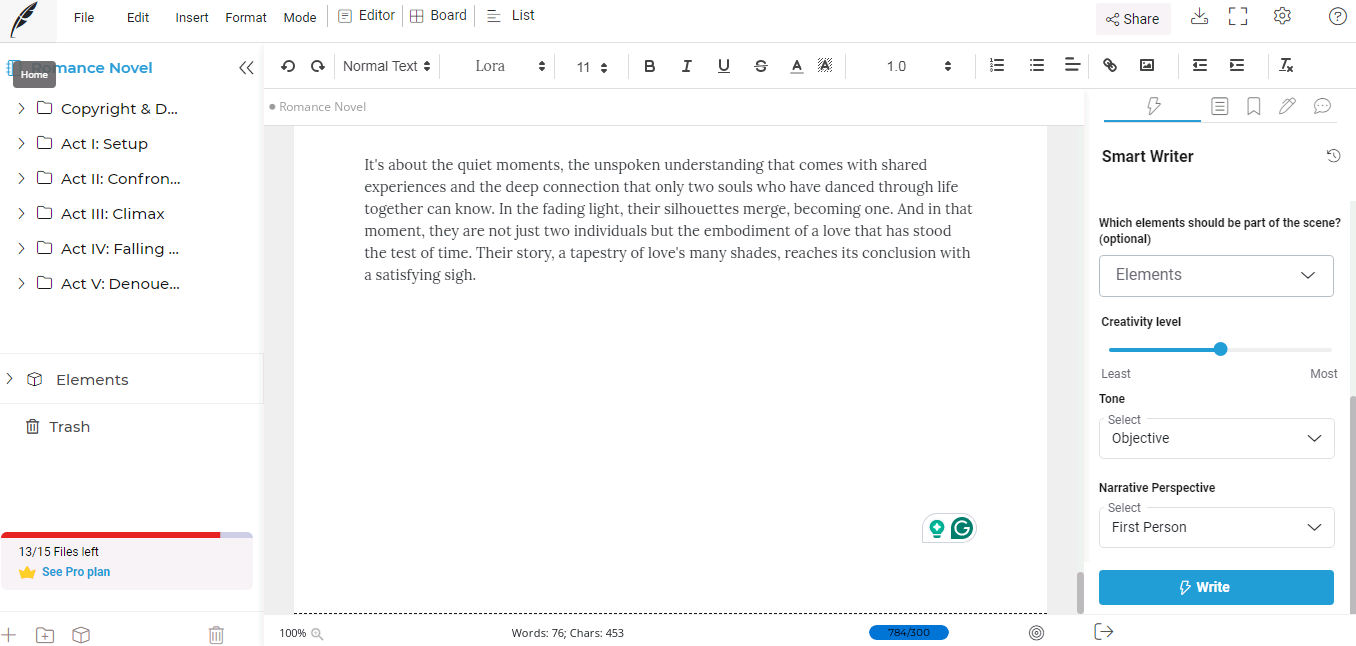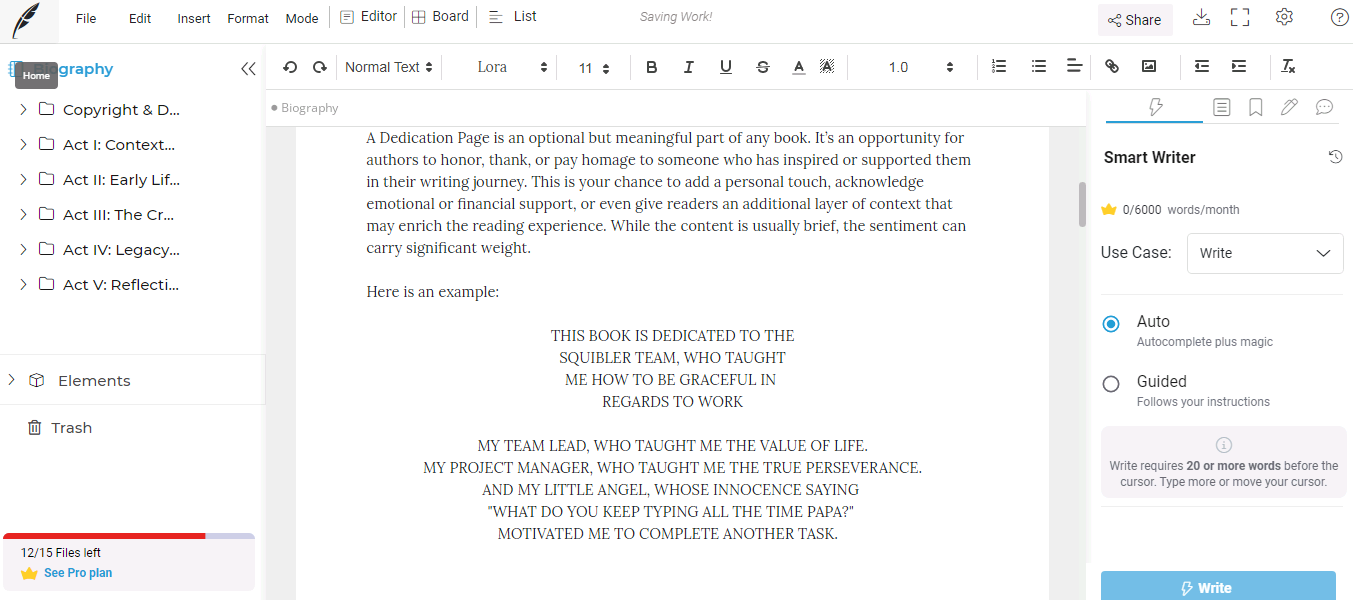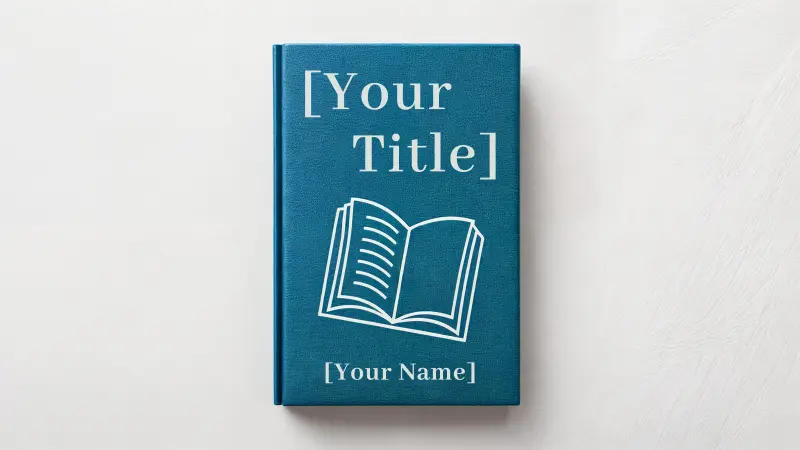More often than not, the terms ‘Novel’ and ‘Book’ are used interchangeably by most people, and their true meanings are eluded in the process. Many do not usually consider the semantics of these words. Semantics involves the literal and connotative meaning of terms in a language. There is a need to establish the meaning of both of these words before trying to differentiate them. Hence, the topic Novel vs Book.
Now that we have realized our critical mistake of using these two interchangeably, a couple of questions pop up; ‘What are the differences between a novel and a book?’, ‘How does one identify a novel from a book?’, and, of course, ‘How does one pick the right word?’
In this post, Novel vs. Book will be presented in a different form to point out their differences. Then, the ways of picking the right one for usage will be highlighted. We will begin with the glaring discrepancies and then talk about the subtle ones as well. Knowledge of the differences will enable us to answer subsequent questions.
What is a Book?

A book is a term used to refer to any written or printed work of literature on a particular subject matter. In other words, it is a compendium of written words made available to define the basic concepts of a field in focus. For instance, a written work on the subject studied by students is a typical example of a book, say World War I and II in History.
Books are written with the aim of expanding the knowledge of the readers on a specific subject. They could be works of fiction, non-fiction, or even a combination of both. Fantasy is literature that describes and tells narratives themed on imaginary scenes and characters. Nonfiction books, on the other hand, are a category containing educational, theoretical, and factual research. All books are products of non-fiction except for novels.
Those who are credited for writing such works as books are known as authors. They can be called writers as well.
These authors necessarily discuss the rudiments of the subject in focus, dissect and explain the principles involving the rudiments, and enhance the knowledge of the reader, either actively or passively. They present information in various forms, including text, images, graphs, and charts, to enhance theoretical and practical learning.
The term book can also mean an e-book, especially in the modern era where digital publishing is highly sought after. This has led to the introduction of different formats, such as PDF and EPUB, to make documents portable and easily accessible anywhere. Amazon wouldn’t be a household name if they were not part of this stride.
A book can also be used to refer to a collection of bound blank sheets for writing. A typical example is an exercise book –one of those materials for writing in schools and formal learning situations. However, this definition is irrelevant and out of context when discussing the differences between a novel and a book, especially when both are written or printed documents.
What is a Novel?

A novel is an established fictional story written to captivate and entertain a reader with imaginary characters and poetic mechanisms. The purpose of writing a novel is to tell a complete story in any way the novelist deems fit. You’re probably asking, ‘What in the world is a novelist?’ or instead, who?
A novelist, as the name implies, is one who writes novels. It is safe to refer to novelists as writers, too. Instead of focusing on a particular subject matter, novelists tell fictional stories from the beginning to the end in not less than forty thousand (40,000) words.

Novels come in different genres, such as science fiction (or sci-fi), crime, fantasy, romance, teen drama, melodrama, etc. Novelists tell stories in different ways to highlight some problems in society – either to expose the readers’ understanding of them or create some patterns of thought charging one to profer solutions or stand by the ones already proffered. They successfully pinpoint these problems through the actions and shortcomings of their characters.
A typical novel usually contains up to sixty thousand (60, 000) words. Examples of novels include James Joyce’s Ulysses, Ngugi Wa Thiongo’s Petals of Blood, and Homer’s Odyssey.
You’re probably thinking ‘s I have read many books that don’t have that many words, so novels are bigger than books.’ Put that thought on hold and consider the differences below.
Novel vs. Book –The Comparisons
We have established the fact that books and novels are both written and printed materials of information (educative, creative, and entertaining) made to serve various purposes. However, it is crucial to note that all published novels are books, but not all books are novels.
Did you find that confusing?
Here are more practical explanations with examples.
When it comes to content, the pages of a typical book can contain non-fiction or fiction, but in a novel, it is all fiction. Since books can be fictional or otherwise, we can draw this salient conclusion; ‘A novel is a fictional book detailing a story –describing its characters, their wants and actions, the obstacles in their way and whether or not they achieve their aims.’ In some cases, novels can be made up of non-fictional writings. This is true in the case of autobiographies.
An autobiography is a real-life story of a particular person, written by him/her to narrate life experiences. You probably have heard or seen the term ‘memoir’. It is the same as an autobiography. Examples of successful autobiographies include Diary of a Young Girl by Anne Frank and Dreams From My Father by Barrack Obama.

Sometimes, elements of fiction are used in autobiographies to create the desired thrill. Such autobiographical works with fictional elements are known as autobiography novels.
Books also differ from novels in terms of their purpose. For example, The Thing Around Your Neck by Chimamanda Ngozi Adichie is a novel and a book, but The 48 Laws of Power by Robert Greene is a book.
If you have read both, you’ll notice the former tells a story (or stories), and the latter is a text on the subject matter, Power. The former’s purpose is solely entertainment and expression of the writer’s view, while the latter’s mission is to introduce and explain the principles of power.
While a book is written on a specific subject without a fixed count for the minimum amount of words to be used, a novel is a book of a story or stories (in the case of the collection of short stories) written in not less than forty thousand words. Any book of stories short of that amount of words is not a novel.
Books can be anything ranging from poetry to field-specific journals, from stories to workbooks, etc. Novels only contain stories and nothing more. Therefore, novels can be called a subset of books.
In recent novels, chances are you will find glibs written by other writers, editors or publishers to yell the intricacies of the writing. But then, glibs can’t be found in books other than novels or other creative works. Imagine seeing something like this on the first or last page of a book on Linear Algebra ‘Bob came almost fully made. His knowledge of algebra screams itself throughout the book’.
I’m assuming the author is Bob Rowlands. It isn’t realistic and necessary to have such a comment on that kind of book. When you find such in books of stories, it is very much welcome. It subtly recommends the novel to potential readers.
Going back in time, we will discover that the Novel vs Book comparison will bend in favor of ‘Book’ in terms of age or period of existence. This is because books have been in existence from the beginning. Ancient scrolls that make up the Bible, Torah, Qur’an and even the Bhagavad Gita are tagged as books.
Novels, as forms of books, only began emerging from the 9th century with works like Murasaki Shikibu’s Tale of Genji (1010), Gargantua and Pantagruel by François Rabelais, and Thomas Nashe’s The Unfortunate Traveller, which were both published in the 16th century. The invention of printing press technology in Europe gave rise to the celebrated modern era first novelist Miguel de Cervantes, author of Don Quixote.
With these facts, we can safely conclude that books have been in existence for a very long time, but novels are newer, and they are forms of books.
Novels differ from other books in terms of structure. In novels, the writer employs the use of structural features of compelling storytelling like character formation and development, story plot, setting, and theme. Novels invoke some emotional response in the psyche of the reader, while books on some subject matter do nothing of the sort. Besides the expository approach to aid learning, books that aren’t novels are void of emotions. Poetry collections, however, are exceptions.
Books are mostly sources of information, but novels are sources of entertainment. It is doubtful if anyone reads a textbook to discover thrills in fantasy or sci-fi worlds.
Novel vs. Book –the Similarities
Apart from being different in context, novels, and books also have some characteristic features in common. This is not surprising since novels are a subset of books –that is, all novels can be found in the book category. So, one particular written literary piece can be both a book and a novel with a fictional tale.
The features particular to both novels and books are outlined below.
The medium of delivery
Both novels and books are printed pages bound. Recently, with the steady pace at which self-publishing is growing, both novels and books can also be sourced digitally. This still doesn’t change the fact that they have the same channels of delivering their contents.
Content
Books and novels are similar in the way they present their materials. If you are observant, you’ll find that books and novels are segmented into parts and chapters to aid assimilation and for easy reference.
Information
The primary purpose of reading any material is to garner information. This information could be educative and entertaining at the same time or one of the two. Books are sought after for the knowledge they contain. Novels mainly serve for entertainment. However, both are sources of information.
How to Pick the Right Term in Usage
We now know the key differences between a novel and a book, and we have probably decided partly on when to use which name. Since ‘novel’ and ‘book,’ as we have seen, have different literal interpretations, interchanging one for the other will be a grammatical blunder –a grave offense against the great pillars of the language. But continuing in your mistakes after being exposed to the nuances these two terms boast is nothing but a show of ignorance.
To make it easier for reference, I’ll give the acceptable forms of using the two words. We will highlight different scenarios and see why it should be ‘novel’ instead of ‘book’ in some places and vice versa.
Any piece of written work on a subject matter, say Cell in Biology or The 48 Laws of Power, is always a book and never a novel. Therefore, it will be wrong to say: ‘I have read The 48 Laws of Power. It is an intriguing novel.’
Remember: All the novels published are books, but not all books are novels. With that, you can boldly call a novel a book and get away with it. This is one medium that allows for interchanging the two words. However, in situations where clarity is presumably necessary, it is best to point out which book you are referring to. Again, a book containing stories is a novel. And not just that, it has to include at least 40,000 words.
If you’re looking for a place to write your novel or book, we’ve created Squibler, an online writing tool. It helps you outline your novel or book while organizing your notes.

Frequently Asked Questions
Let’s take a look at some questions and answers:
What makes a book a novel?
A novel is a fiction book with a structured narrative. In such a fictional narrative, around 60,000 words are present. The difference between a novel and other books is often visible in their purpose. Novels is an art form with an entertainment value. But books are not always entertaining. Some can also be informative, like reference books for students.
Are nonfiction books novels?
Non-fiction books represent real events instead of fictional narratives. They provide objective information without the author’s opinion. People are usually familiar with fictional or fantasy novels. But some non-fiction books can also be called novels.
Is a novel longer than a book?
A book needs more than 60,000 words to be considered novels. Any literary fiction with fewer words is not considered a novel. So, novels are usually longer than books.
Can a collection of short stories be called a novel?
At times, a novel can include different stories. Each short story can include different genres and characters.
How many pages are present in a novel?
The number of pages in a novel will usually vary according to the length of the narrative. But usually, novels come with around 200 pages. The number of pages also depends on the spacing someone uses while they write books.



